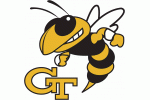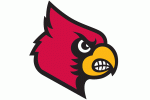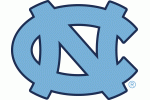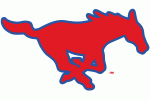Explosiveness has to improve if Wake Forest is going to have a successful 2016.
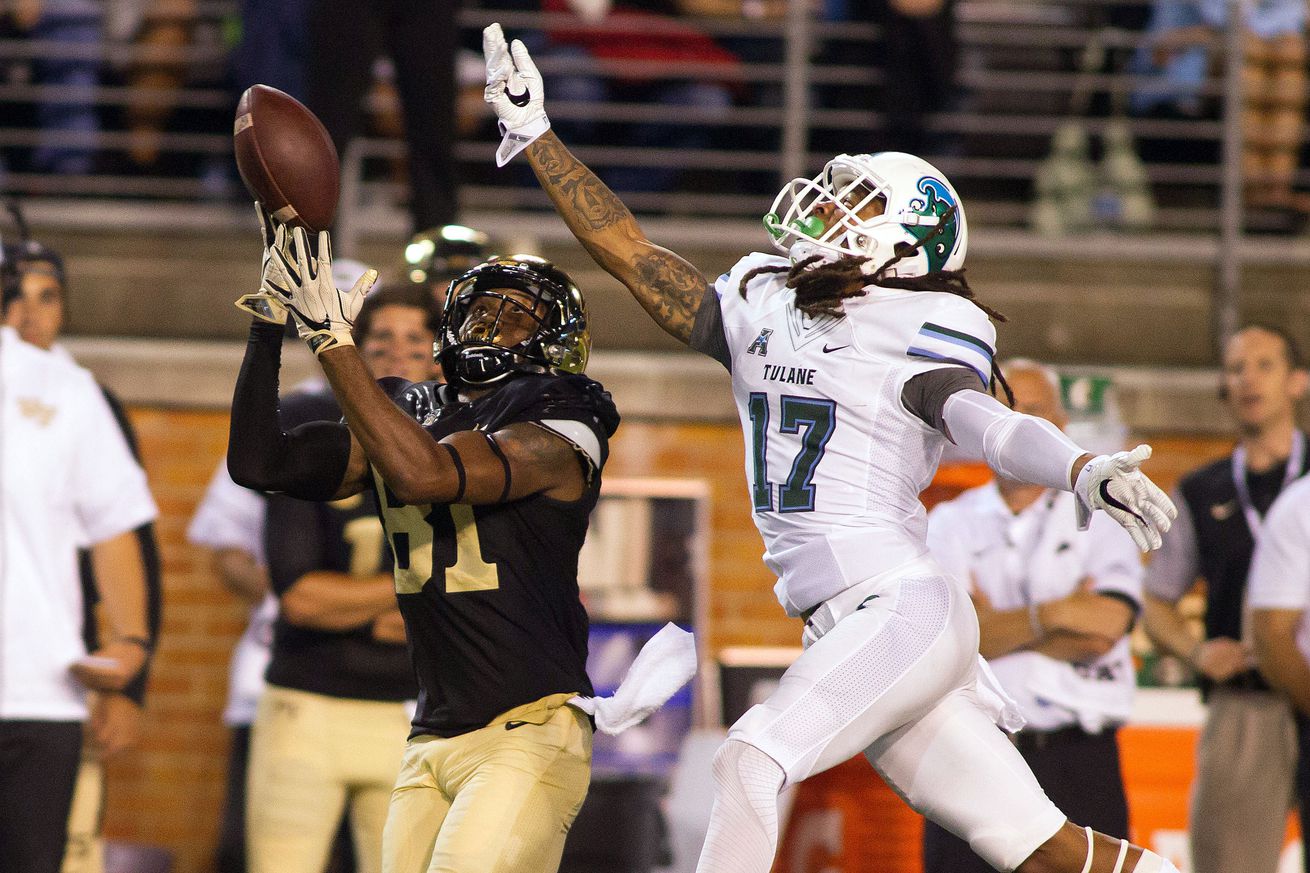
Wake Forest entered the Tulane game as a 17-point favorite, and many Wake fans were intrigued to see the new offense that they had heard about this offseason. Coach Clawson spent the offseason discussing added depth at skill positions - specifically at wide receiver. Yet the Deacs scored just 7 points against a Tulane team that allowed 36 points per game last season. What needs to happen in order for this to improve?
Forget all of the traditional metrics like time of possession, the most important statistic in football is explosiveness. If a team wins the explosiveness battle, as measured by PPP (effective points per play) and yards per play, by more than a yard per play, then that will win 86% of the time. Against Tulane, Wake Forest totaled just 175 yards on 55 plays (3.18 yards/play), compared to Tulane who totaled 280 yards on 70 plays (4 yards/play). From that standpoint, Wake Forest was lucky to emerge victorious, but the defense played its heart out and made key stops when needed. If Wake can’t move the ball consistently, then the Deacs are going to have to improve explosiveness if this is going to be a successful season.
By my count, Wake Forest had just 4 plays of 10+ yards against Tulane. I saw just two additional instances of nine-yard gains. That’s not a winning formula. Wake did take several shots deep to Scotty Washington and Steven Claude, but they were not hauled in. If those completions are made, then we could be looking at a 20+ point performance and feeling a lot more confident after week 1. This needs to be corrected by week 2.
Clawson seemed disappointed in the post game press conference with the performance of the wide receivers. It wasn’t just the drops, but Clawson felt that the receivers needed to take advantage of the cover-one coverage that Tulane was playing, and win one-on-one matchups. He’s not wrong. In cover-one there is a single high safety in zone coverage, as opposed to a cover-two, which has two safeties playing zone coverage. The receivers did not due their job there, and that was disappointing. It was also disappointing that the offensive line did not get John Wolford and Kendall Hinton appropriate time in the pocket. In order for explosive plays to develop, the quarterback (and using the alternate shot format for quarterback play is a discussion for another day) needs to be protected long enough for the receivers to get open.
The good news is that these mistakes are mostly correctable with the talent that’s already on the roster. The receivers definitely have to speed to get open and make big plays, Wake just needs the line to protect better. It’s alarming, however, that Wake was unable to force Tulane out of that cover-one defense. If teams are going to play Wake in cover-one, then Wake has to make opposing defenses pay, because otherwise the other teams will be able to consistently stack the box and take away any chance that Wake has of running the ball.
Wake may not be able to methodically move the ball at will, but if they can hit big plays on a somewhat regular basis, that reduces the need to consistently generate 3 yards per carry, and allows them to be more successful on passing downs.
This was my biggest takeaway from the Tulane game because of the importance of generating explosive plays, and how poorly of a job that Wake did. Can Wake Forest correct the explosiveness issue? What were your biggest takeaways of the game?







